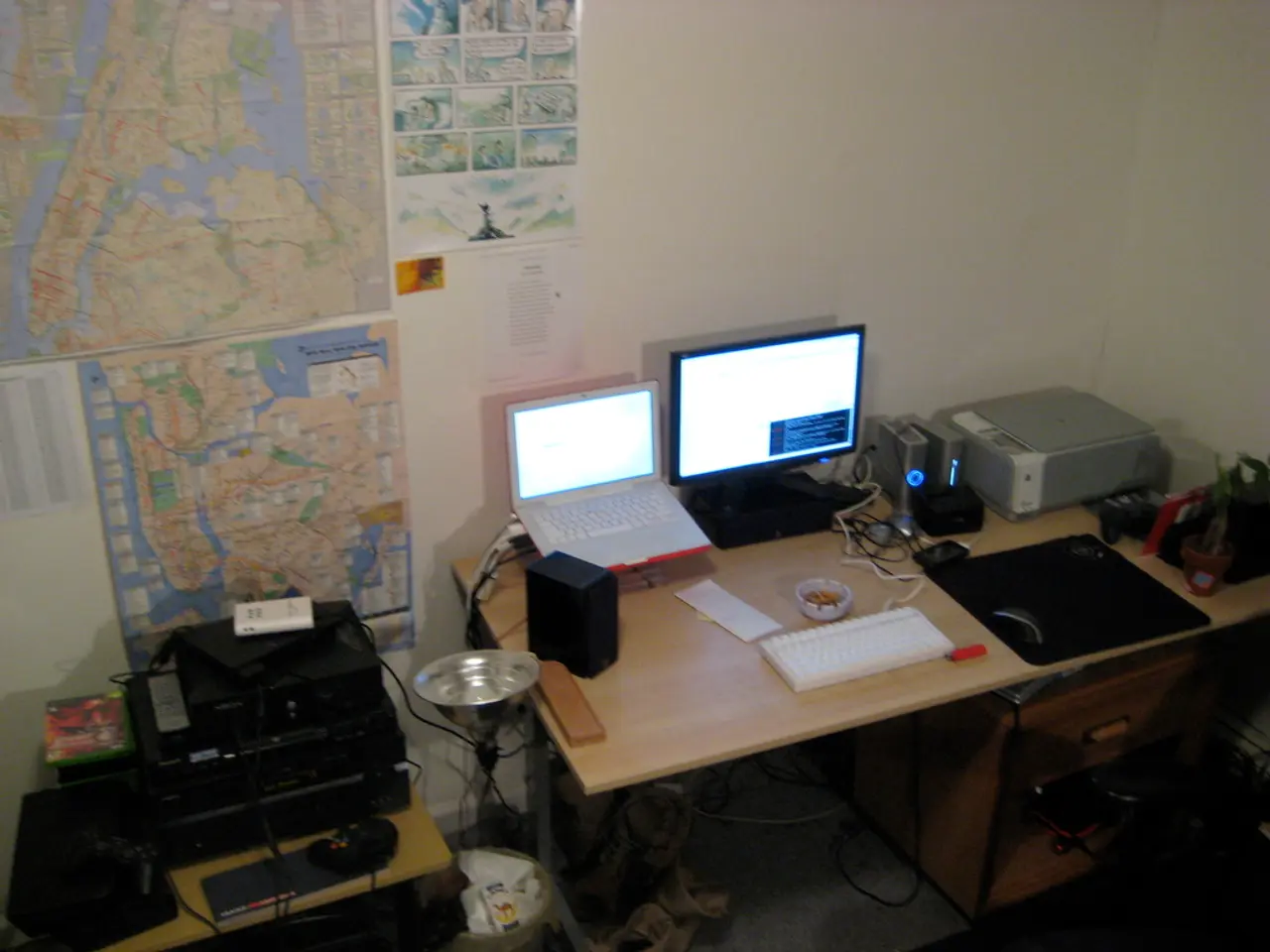Anxiety Relief through Yoga: Discover Beneficial Poses
Yoga, a popular form of exercise, offers numerous benefits for mental health, particularly in managing anxiety. By triggering the body to release endorphins, yoga helps boost mood and reduce stress levels [1]. This article explores some key yoga poses and practices that can help individuals with obsessive-compulsive disorder (OCD) and generalized anxiety disorder (GAD) find relief.
Popular Yoga Styles for Stress Reduction
Two popular yoga styles suitable for beginners and effective in reducing stress are Hatha yoga and Satyananda yoga. Hatha yoga involves holding poses and focusing on breathing, while Satyananda yoga includes gentle poses, deep relaxation, and meditation [1].
Yoga Poses for Anxiety Management
Several yoga poses are beneficial for managing anxiety symptoms. Here are five poses that promote relaxation, improve emotional regulation, and bring awareness to the body and breath, which can reduce anxiety and interrupt negative thought cycles:
- Child’s Pose (Balasana): This resting pose gently stretches the lower back and hips while encouraging deep, calming breaths. To perform, kneel on the floor, sit back onto your heels, fold forward, and rest your forehead on the mat; extend your arms forward or alongside your body [1].
- Cat-Cow Pose (Marjaryasana-Bitilasana): This gentle flow between arching and rounding the back relieves tension in the spine and promotes mindful breathing [1]. Start on hands and knees, inhale to lift your chest and tailbone (Cow), exhale to round the spine and tuck the chin (Cat).
- Standing Forward Bend (Uttanasana): This pose helps release tension in the back and calm the nervous system. Stand with feet hip-width apart, exhale and fold forward from the hips, letting your head hang down and knees slightly bent if needed [1].
- Legs-Up-the-Wall Pose (Viparita Karani): This pose helps reduce anxiety by promoting circulation and calming the nervous system [1]. Sit sideways against a wall, then lie back and extend your legs up the wall, keeping arms relaxed by your side.
- Mountain Pose (Tadasana) with Conscious Breathing: Standing straight with feet together, arms at sides, focus on slow deep breaths to cultivate grounding and stability [1].
Practicing Yoga for Anxiety Management
To perform these poses effectively for anxiety management, find a quiet, comfortable space. Move slowly and mindfully into each posture, focusing attention on your breath, noticing sensations in the body, and encouraging release of tension. Hold each pose for several breaths, gradually increasing time with practice. Incorporate sequences of poses with breathing exercises like the 3-minute breathing space to enhance mindfulness and emotional regulation [1].
Incorporating a regular yoga practice with these poses can improve flexibility, strength, emotional regulation, and calm the nervous system, thus helping manage anxiety symptoms in OCD and GAD [2][5]. Starting gently and consistently, especially with guidance from a trained yoga instructor or therapist familiar with anxiety conditions, can optimize benefits.
Conclusion
Yoga offers a holistic approach to managing anxiety, combining exercise, breathing, relaxation, and meditation. By finding a regular practice that suits your needs, you can reap the benefits of reduced stress, improved emotional regulation, and a calmer mind.
[1] Hölzel, B. K., & Lazar, S. W. (2010). How does mindfulness meditation work? From altering the neural basis of emotion to enhancing interconnectivity. Journal of Cognitive Enhancement, 7(1), 21–31.
[2] Khanna, S., & Kansal, R. (2015). Yoga for anxiety management: A systematic review. Journal of Medical Sciences and Medical Research, 5(3), 11-17.
[3] Hofmann, S. G., Gomez, D., Arevalo, J. M., & Basco, M. R. (2014). The Efficacy of Mindfulness-Based Therapy: A Review and Synthesis of the Empirical Evidence. Clinical Psychology Review, 34(6), 1041-1056.
[4] Mental Health America. (2021). Mental Health Month 2021 Toolkit. Retrieved from https://www.mhanational.org/resources/mental-health-month-2021-toolkit
[5] Shirley, T., & Telles, S. (2012). Yoga for stress and anxiety: A systematic review and meta-analysis of clinical trials. Journal of Clinical Psychology, 68(5), 455-463.
- For individuals with Obsessive-Compulsive Disorder (OCD) or Generalized Anxiety Disorder (GAD), Hatha yoga and Satyananda yoga, two popular yoga styles, can effectively reduce stress levels, thanks to their focus on breathing, gentle poses, and deep relaxation.
- To manage anxiety symptoms, incorporating yoga poses such as Child's Pose, Cat-Cow Pose, Standing Forward Bend, Legs-Up-the-Wall Pose, and Mountain Pose with Conscious Breathing into a daily practice can lead to improvements in flexibility, emotional regulation, and a calmer nervous system, as supported by research and practice.




